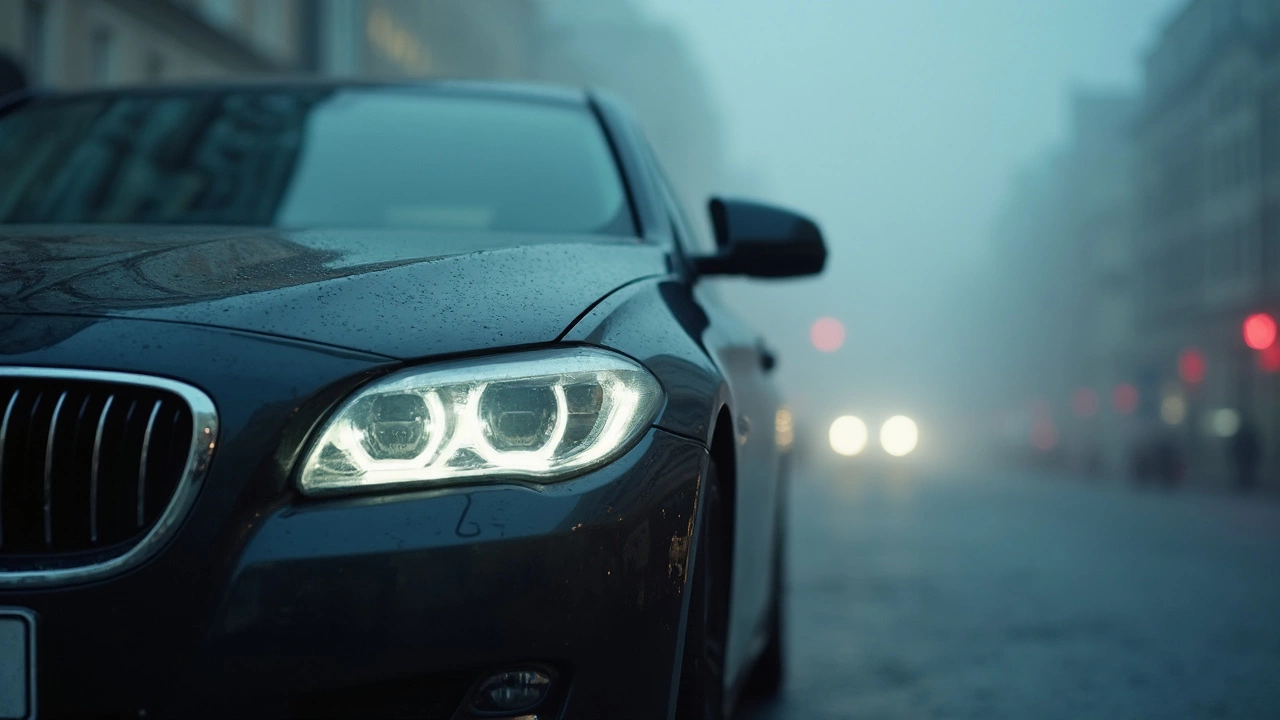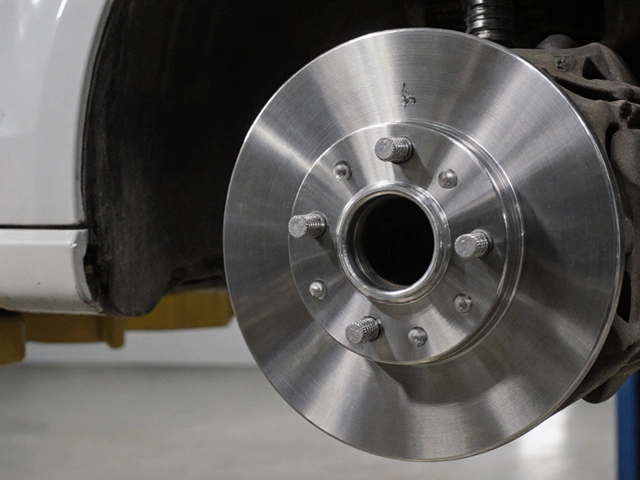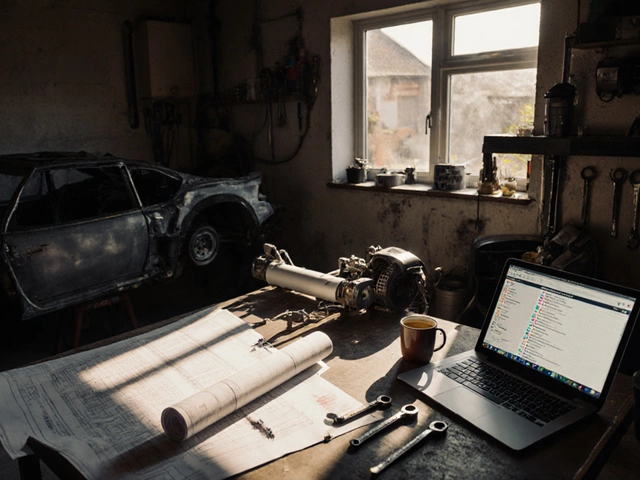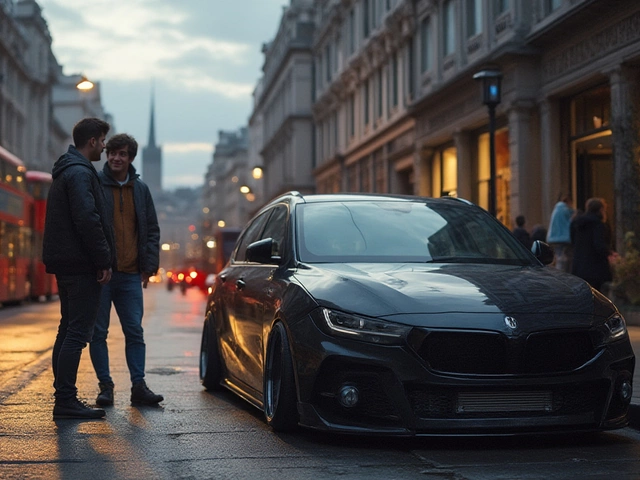LED headlights have become the go-to choice for many car enthusiasts and manufacturers. Their energy efficiency and long lifespan make them stand out compared to traditional halogen bulbs. But what do you do when these LED lights start to fail? Unlike the usual headlights where you just swap out old bulbs, built-in LEDs are a bit more complex.
First things first, how do you know if your LED lights are on their way out? Flickering is a big clue. While this might be caused by loose wiring, it's sometimes a sign that the LED is nearing the end of its life. Dimming headlights can also indicate a problem, whether it's the diode itself or something more electrical.
- Understanding LED Headlights
- Signs of LED Headlights Failing
- Repair or Replacement Options
- Tips for LED Longevity
Understanding LED Headlights
LED headlights have taken the automotive world by storm, and it's not hard to see why. They consume less power and last way longer than the old-school halogen bulbs. So, what exactly makes them tick?
Components and Function
LED stands for Light Emitting Diode, which is pretty much a semiconductor that emits light when an electric current passes through it. Simple, right? But here's the kicker: unlike traditional bulbs, LEDs don't have a filament that can burn out. This is part of what makes them so durable.
Efficiency and Performance
Cranking up the efficiency, LED headlights use at least 75% less energy and last 25 times longer than incandescent lighting. That's some serious longevity and savings on your car's battery life. Plus, they turn on instantly and light up like a supernova, which means better visibility.
Brightness and Range
They also pack a punch when it comes to brightness. Measured in lumens, these headlights offer better illumination and range than halogens, which means safer night driving. Ever wondered why modern cars seem to have headlights that shine brighter and farther? Yep, that's LEDs for you.
Challenges and Integration
However, all this tech comes with its own set of challenges. One biggie? They're often integrated into the car's design. When one goes out, you're looking at replacing the entire assembly in some cases, which can be pricey.
Signs of LED Headlights Failing
LED headlights are praised for their long life and efficiency, but even these dependable lights can encounter problems. If your car's lighting is acting up, it helps to know the possible signs of failure. Here's what you should watch for:
1. Flickering Lights
One of the most common signs that your LED headlights might be in trouble is flickering. While sometimes a result of loose connections, flickering can also mean that the LEDs are failing. If you notice this, it's best to check the wiring first, but be prepared for the possibility of deeper issues.
2. Dimmed Lighting
Having trouble seeing the road clearly at night? Dimming is another red flag for a failing light. Unlike traditional bulbs that outright burn out, LEDs tend to lose brightness as they age or when they're malfunctioning.
3. Intermittent Functionality
If your headlights work sometimes but fail to turn on at other times, this could be due to an unstable connection or a sign of internal LED failure. This issue might be accompanied by flickering, which can complicate night driving.
4. Electrical Issues
LED headlights depend on complex circuits. When these become unstable, you might experience problems beyond just the lights themselves. You might notice electrical issues elsewhere in your vehicle which could be linked to the note-safe from failing LED headlights.
5. Complete Shutdown
Finally, a complete shutdown is perhaps the most conclusive sign your built-in LED lights have reached the end. LEDs are designed to last for many years, so an unexpected outage might indicate a manufacturing defect or electrical interference.
With these signs in mind, you'll have a better sense of when you might need to get your car checked out. Staying aware of these clues can help prevent further complications on the road. Keep an eye on your LEDs to maintain top performance and safety.
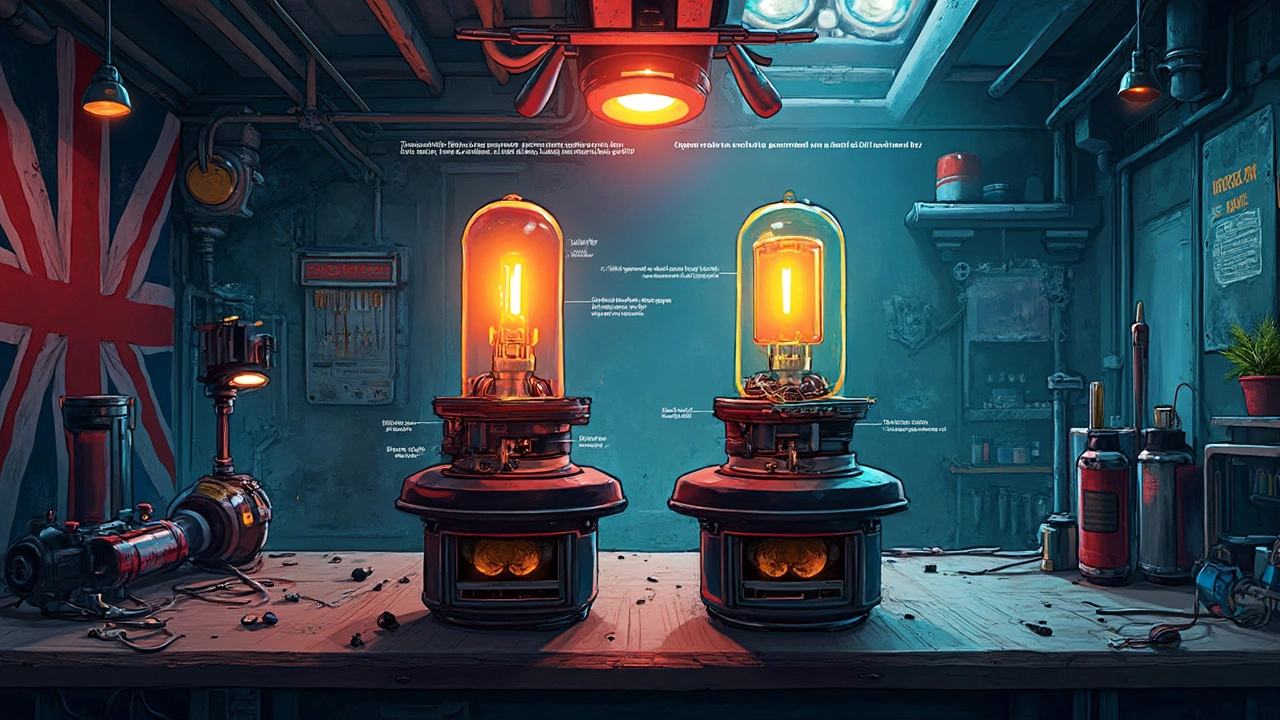
Repair or Replacement Options
When it comes to built-in LED lights in your car's headlights, fixing or replacing them isn't as clear-cut as with traditional bulbs. You might wonder whether it's worth trying to repair them or if replacement is the only way.
Repair Possibilities
First off, checking for loose connections is essential. Sometimes, the problem stems from something as simple as a faulty wire or connection. In that case, a straightforward repair should fix the problem and restore your LED headlights to full brightness.
Interestingly, some enthusiasts take a DIY approach by attempting to repair the individual LED diodes on the circuit board. While this can be cost-effective, it isn't typically recommended unless you have the right skills and tools. As Mike Vance, a renowned auto repair specialist, puts it,
"While personal fixes can be tempting, without proper expertise, you might end up causing more harm than good to your LED systems."
Replacement Routes
If repairs aren't feasible or don't do the trick, replacement is your next option. With built-in systems, this often means replacing the entire headlight unit rather than the light itself. This can be pricey, so it's wise to compare prices from different auto parts suppliers and dealerships.
For those looking to replace their entire headlight setup, consider opting for LED headlights with better-rated longevity and warranty options. Upgraded versions might come with features like adaptive lighting, offering added safety alongside enhanced brightness.
Cost Considerations
Still unsure which option to go for? Let's look at potential costs:
| Option | Approximate Cost |
|---|---|
| Repairing LED Connections | $50 - $150 |
| Replacing Headlight Unit | $200 - $600 |
Deciding between repair and replacement often boils down to the headlight's age and your budget. By weighing these factors, you make an informed decision that best suits your needs and keeps those LED headlights shining bright.
Tips for LED Longevity
Want to make your LED headlights last longer? There are a few things you can do to keep them shining bright for years. Start with regular maintenance. It’s not just about keeping them clean, but also ensuring they’re in tip-top shape.
Keep Them Clean
Dust and grime can build up and reduce the effectiveness of your LEDs. A simple wipe with a damp cloth can help, but make sure the car's electrical components are off to avoid any short circuits.
Check the Voltage
LEDs run at specific voltages, and too much or too little can cause premature failure. Use a multimeter to check your car’s voltage regularly, ensuring it aligns with the recommended level from the LED manufacturer.
Avoid Overheating
Get to know your car’s cooling system. LEDs are sensitive to high temperatures, so make sure your car's airflow is not obstructed. Also, keep an eye on the cooling fan to prevent overheating issues.
Drive Smartly
Yes, even your driving habits can affect LED longevity. Avoid bumpy roads when possible. Not only is it good for your car overall, but it keeps those delicate LED connections intact.
- Park Smartly: Try to park in shaded areas whenever possible. Excessive heat from direct sunlight isn’t great for LEDs.
- Inspect Regularly: During routine car checks, also inspect your LED connections and wiring to catch any wear before it becomes a problem.
Following these simple steps can help ensure your LED headlights stay effective, saving you time and money in the long run.

